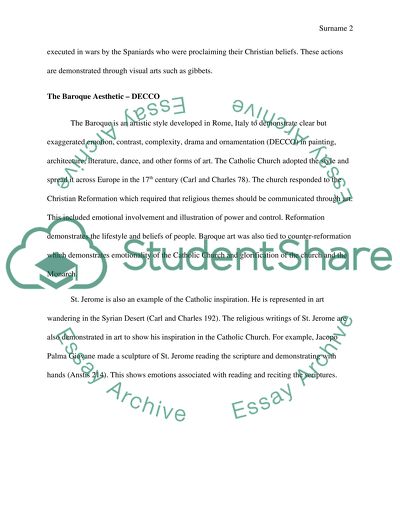Cite this document
(“Baroque Art Essay Example | Topics and Well Written Essays - 1250 words”, n.d.)
Baroque Art Essay Example | Topics and Well Written Essays - 1250 words. Retrieved from https://studentshare.org/visual-arts-film-studies/1701465-baroque-art
Baroque Art Essay Example | Topics and Well Written Essays - 1250 words. Retrieved from https://studentshare.org/visual-arts-film-studies/1701465-baroque-art
(Baroque Art Essay Example | Topics and Well Written Essays - 1250 Words)
Baroque Art Essay Example | Topics and Well Written Essays - 1250 Words. https://studentshare.org/visual-arts-film-studies/1701465-baroque-art.
Baroque Art Essay Example | Topics and Well Written Essays - 1250 Words. https://studentshare.org/visual-arts-film-studies/1701465-baroque-art.
“Baroque Art Essay Example | Topics and Well Written Essays - 1250 Words”, n.d. https://studentshare.org/visual-arts-film-studies/1701465-baroque-art.


